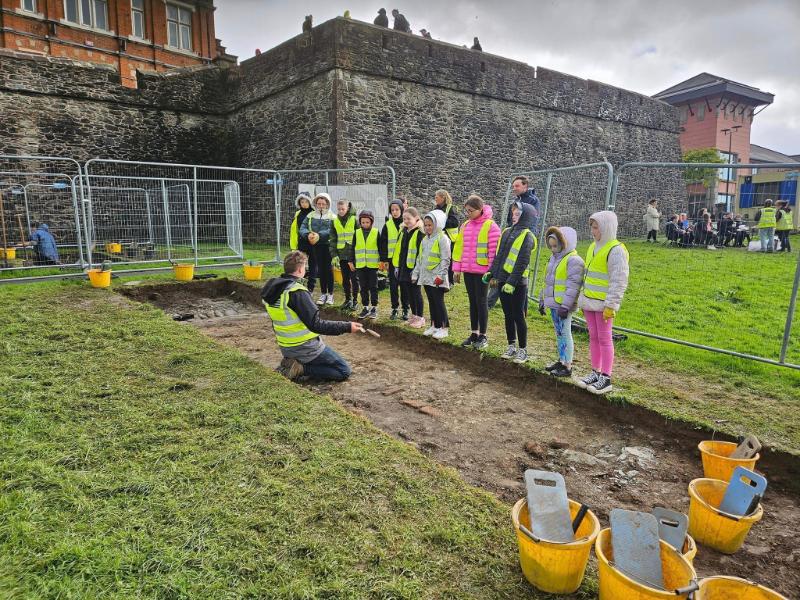CAPNI Excavations

Excavations 2024
In 2024, CAPNI carried out four excavations across Northern Ireland.
The excavations for 2024 were at Shaftsbury Park (Carrickfergus), Castlereagh, Nailors Row (Derry/Londonderry) and at the Mellon Centre (Armagh).
2024